AI in Business Automation
Find out how YourGPT Chatbot can provide a more reliable, cost-effective solution for your business automation needs.

Are you thinking about using an agentic AI framework like Autogen, LangChain, AutoGPT, or Crew AI for your business automation needs?
There are a few things you should consider first.
While agentic AI offers autonomy and advanced decision-making capabilities, it also comes with major challenges that could affect your business operations.
In this article, we will see why agentic AI frameworks might not be the ideal choice for your automation needs and suggest a more reliable alternative.
First, let’s consider what businesses really want from an automation solution:
Now, let’s see how agentic frameworks stack up against these requirements.

Agentic frameworks refer to a category of artificial intelligence (AI) systems designed to autonomously pursue goals or objectives on behalf of their creators or users. These frameworks aim to develop AI agents capable of independently reasoning, planning, and taking actions to achieve desired outcomes in complex, dynamic environments.
The core idea behind agentic frameworks is to create AI systems that can act as intelligent agents, exhibiting characteristics such as autonomy, adaptability, and goal-directedness. These agents are designed to perceive their environment, make decisions, and carry out actions without constant human intervention, much like how humans navigate the world.
Here is why agentic frameworks might not be the best choice for business automation.

While agentic AI holds promise, several factors may hinder its successful implementation in business automation:
1. Language Models:
Agentic AI often uses large language models (LLMs). While LLMs have impressive capabilities in natural language processing and generation, they have limitations in reasoning and can produce inconsistent or inaccurate information, so agentic frameworks may use additional LLMs to critique each others outputs, which can sometimes lead to fabricated information. Without proper oversight, the system might suggest actions that seem sensible but could actually cause problems, potentially resulting in critical operational issues.
2. Lack of Transparency and Trust:
The complex reasoning processes used by agentic AI systems to set goals and make choices can be difficult for humans to understand. The lack of transparency in their decision-making makes it challenging to audit and trust the AI.
3. Human Oversight and Validation:
To address the above issues, agentic AI systems require other LLMs to validate their goals and decisions. This can be a resource-intensive process, potentially limiting the benefits of automation.
4. Prompting Sensitivity:
LLMs used in agentic AI are highly sensitive to prompting, and slight variations can cause drift in the model output. This makes it challenging to establish clear measures of performance and increases the risk of errors.
For understanding AI agents and how they compare to other techniques, such as Retrieval-Augmented Generation (RAG), check out this detailed comparison: RAG Chatbot vs. AI Agent.
Instead of depending on agentic frameworks, a more practical strategy for automating business operations is to use flow-guided AI agents. This method makes the process more reliable and effective.
You can use YourGPT Chatbot Studio to make powerful, dynamic AI agents that are guided by conversational flow. Here’s how it can be used effectively:
| Aspect | Agentic AI Frameworks | YourGPT Chatbot Studio |
|---|---|---|
| Primary Function | Autonomous task execution and decision-making | Conversational flow-guided AI agents for business automation |
| Autonomy | High degree of independent reasoning and action | Guided by conversational flows, with dynamic capabilities |
| Transparency | Complex reasoning processes can be opaque and difficult to audit | More transparent, with clear understanding of conversational flows |
| Reliability | Outcomes can be unpredictable due to chained agents | Consistent and predictable outcomes guided by conversational flows |
| Scalability | Flexibility to scale for diverse applications | Scalable for business automation use cases |
| Ease of Implementation | Require significant setup and maintenance overhead | Easier to implement and maintain with less technical expertise than using agentic frameworks |
| Cost-Effectiveness | Higher costs due to complexity and overhead | More cost-effective for business automation needs |
| Dynamic Capabilities | Can dynamically fetch data, access databases, and execute scripts | Provides dynamic API calling and code execution capabilities |
| Integrations | Can integrate with various systems and APIs | Integrates with websites, apps, and social channels for tailored AI agents |
Agentic frameworks involve multiple AI agents working together to achieve tasks. Frameworks like Autogen, Crew AI, and LangChain use Large Language Models, with agents reasoning and deciding on the next steps in workflows.
Agent-based frameworks require creative solutions to link agents and manage workflows. While most automated business tasks follow a predefined sequence of steps, focusing on consistency and predictability.
Agentic AI frameworks can face issues like unpredictability, lack of transparency, high maintenance requirements, and the need for significant human oversight.
YourGPT Chatbot Studio uses flow-guided AI agents, which offer more reliable, transparent, and effective solutions for business automation compared to the complex and unpredictable nature of agentic AI frameworks.
Yes, YourGPT Chatbot Studio can dynamically fetch real-time data, execute custom scripts, and integrate with external systems, enhancing its functionality for business operations. The chatbot can adapt to a wide range of business needs and perform a variety of tasks using this capability.
YourGPT Chatbot Studio is easier to implement and maintain compared to agentic AI frameworks, requiring less technical expertise and resources. This simplicity makes it accessible for businesses without extensive technical backgrounds, allowing for quick and efficient deployment.
YourGPT Chatbot Studio offers a practical approach to business automation with lower setup and maintenance costs, providing a better return on investment compared to complex agentic AI frameworks. This cost-effectiveness makes it a viable solution for businesses looking to optimize their operations without excessive expenditure.
Yes, YourGPT Chatbot Studio can be integrated into websites, apps, and social channels, making it a versatile solution for various business platforms. Use can use API Calling or Code Execution to connect with your specific usecase
While agentic frameworks might seem like the future of AI, they’re not quite ready for prime time in business automation. They’re too complex, too unpredictable, and too high-maintenance.
A conversational flow-guided approach, like the one offered by YourGPT Chatbot Studio, provides a more reliable, practical, and cost-effective solution for businesses looking to automate their processes.
It’s time to rethink agentic AI for business automation. Choose a solution that works for your needs.

Find out how YourGPT Chatbot can provide a more reliable, cost-effective solution for your business automation needs.
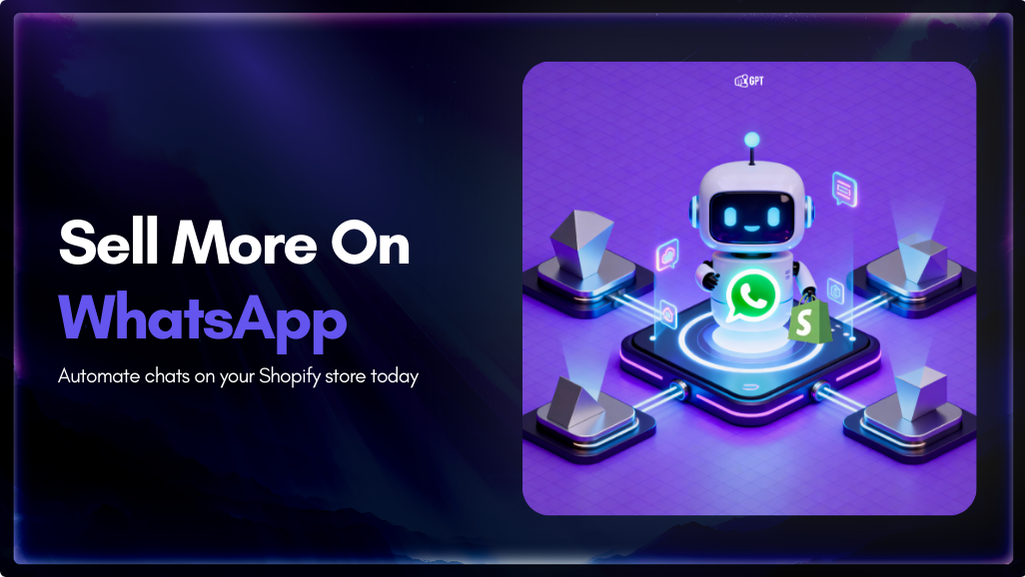
Shopify stores often use a chatbot on their website to handle product questions, order updates, and support. But customers also message on WhatsApp expecting the same quick answers. Most of them already use WhatsApp throughout the day, so reaching out there feels natural. A chatbot that works across both channels responds in seconds, guides purchase […]

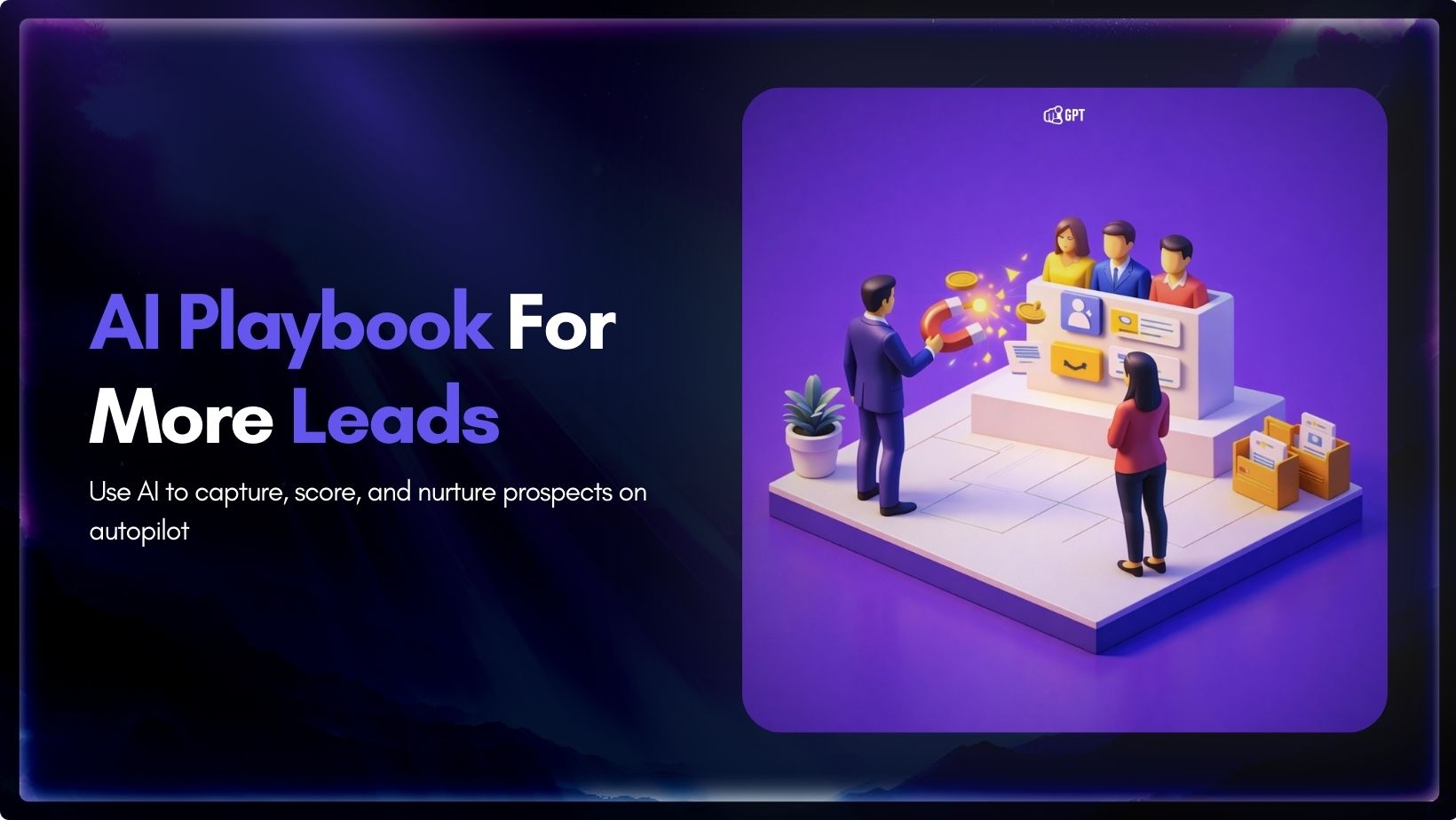
Most businesses do not struggle to generate leads. They struggle to know which ones are worth acting on. Forms get filled, DMs arrive, emails are opened, and chats happen across multiple tools. Some prospects convert. Most do not. The real problem is that there is no reliable way to tell, early enough, which signals actually […]

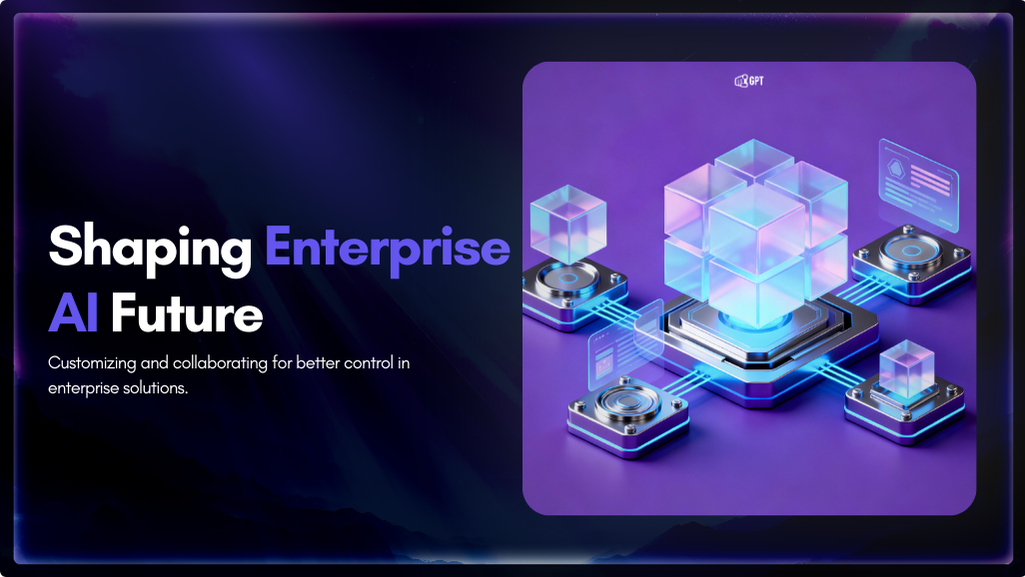
Artificial Intelligence has advanced quickly over the past five years, moving from an experiment to a standard component of modern business. AI has become a central part of enterprise strategy. 88% of organizations are now using AI. This figure has increased from 78% the year before. This transformation is reshaping how companies run, communicate, and […]

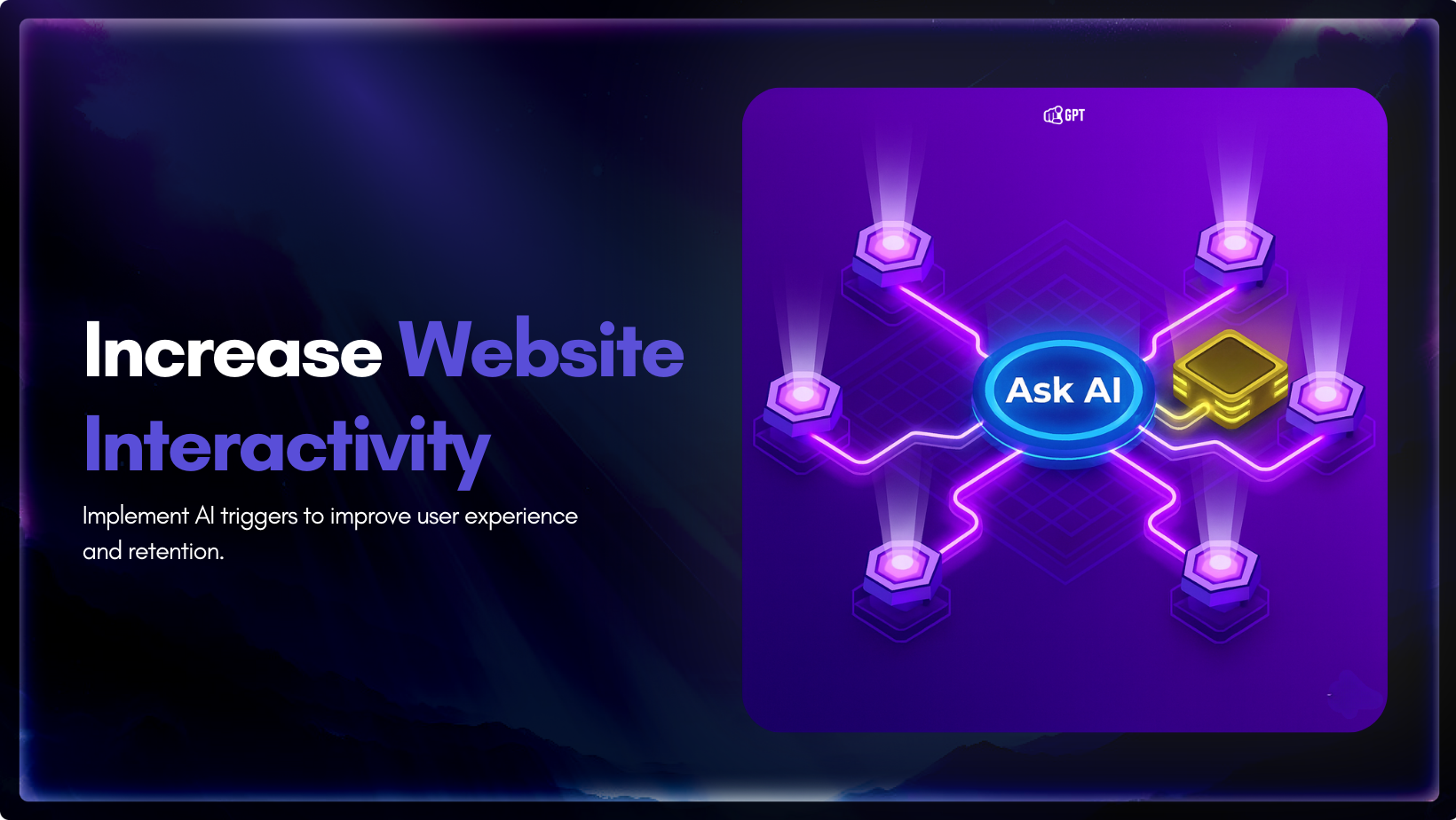
You invest time writing your website copy. You explain features, pricing, and how everything works. The information is there. Still, some visitors leave without clarity, and small gaps in understanding often stop them from moving forward. This happens because a static page cannot adjust to what they want at that moment. They skim a section, […]

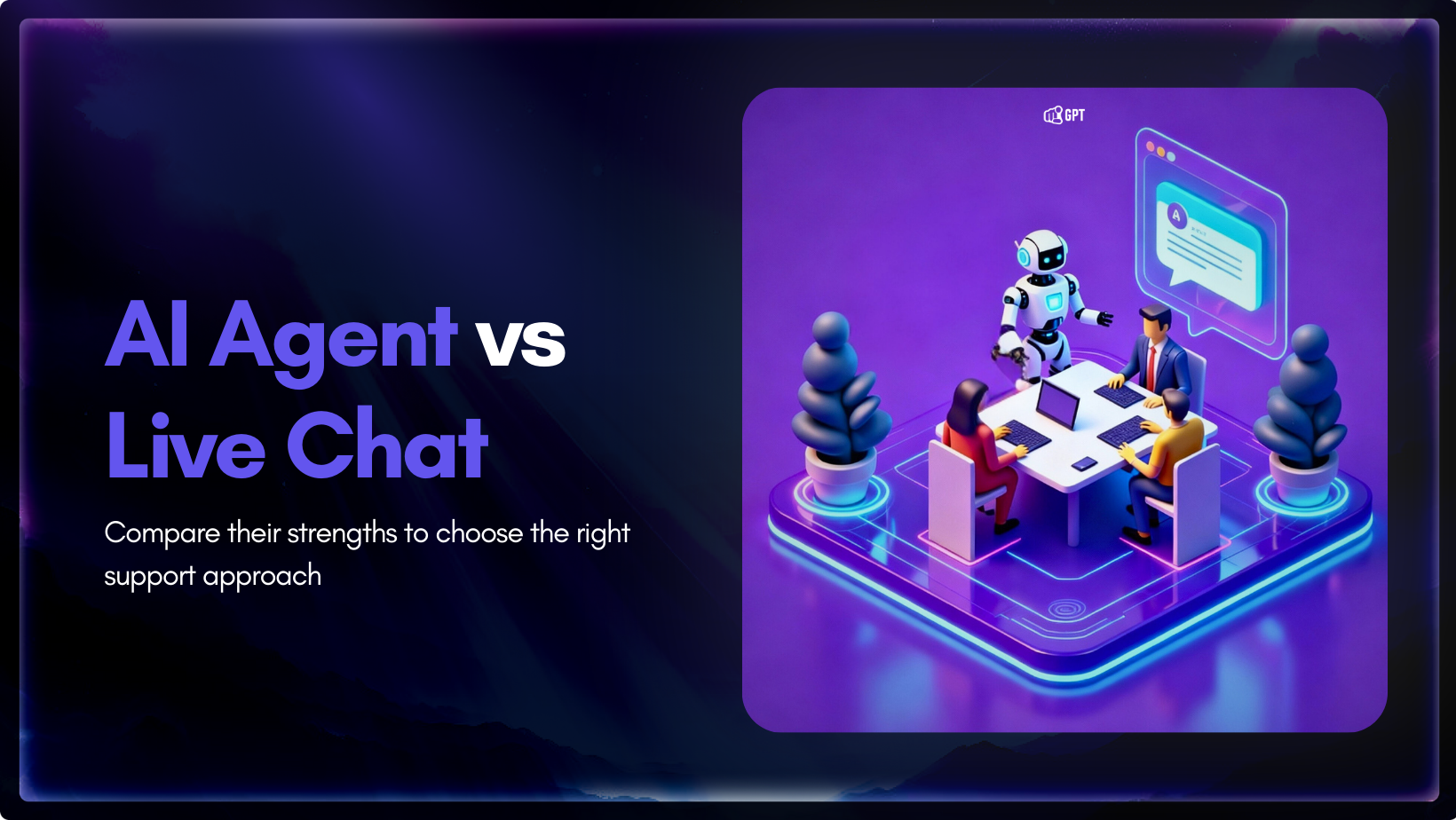
AI agent and live chat each play a different role in customer support, and the choice between them influences how a team handles growth. Companies are moving toward faster support models, and one clear trend is the use of AI to reduce operating costs by up to 30%. The difference shows up when ticket volume […]

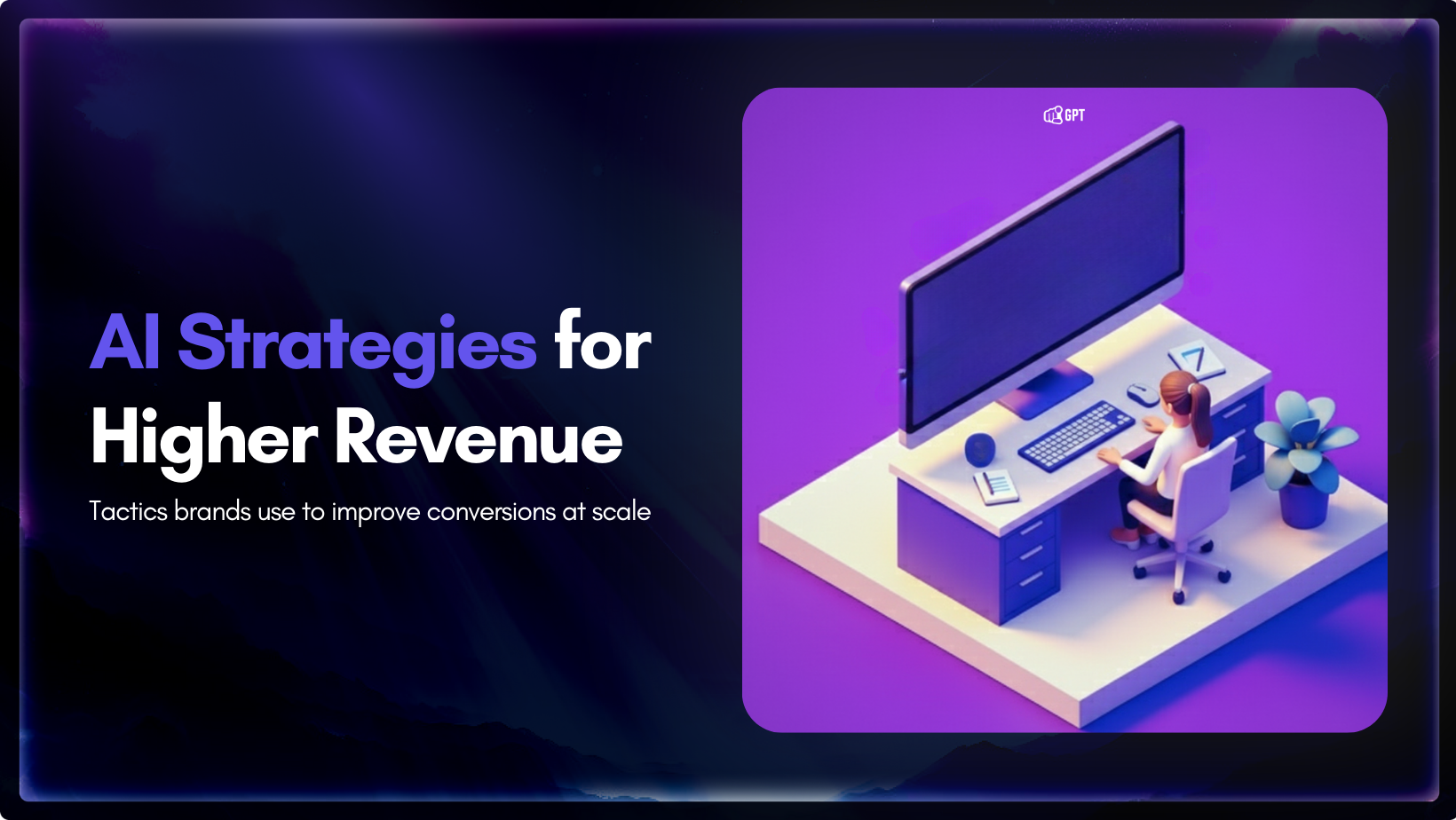
You have definitely heard about the use of AI in marketing. But have you ever seen or learned how it can actually drive revenue? Well, firms using AI in marketing and sales report significant benefits. According to a recent study by McKinsey & Company, revenue increases from AI show up most in marketing and sales, […]
